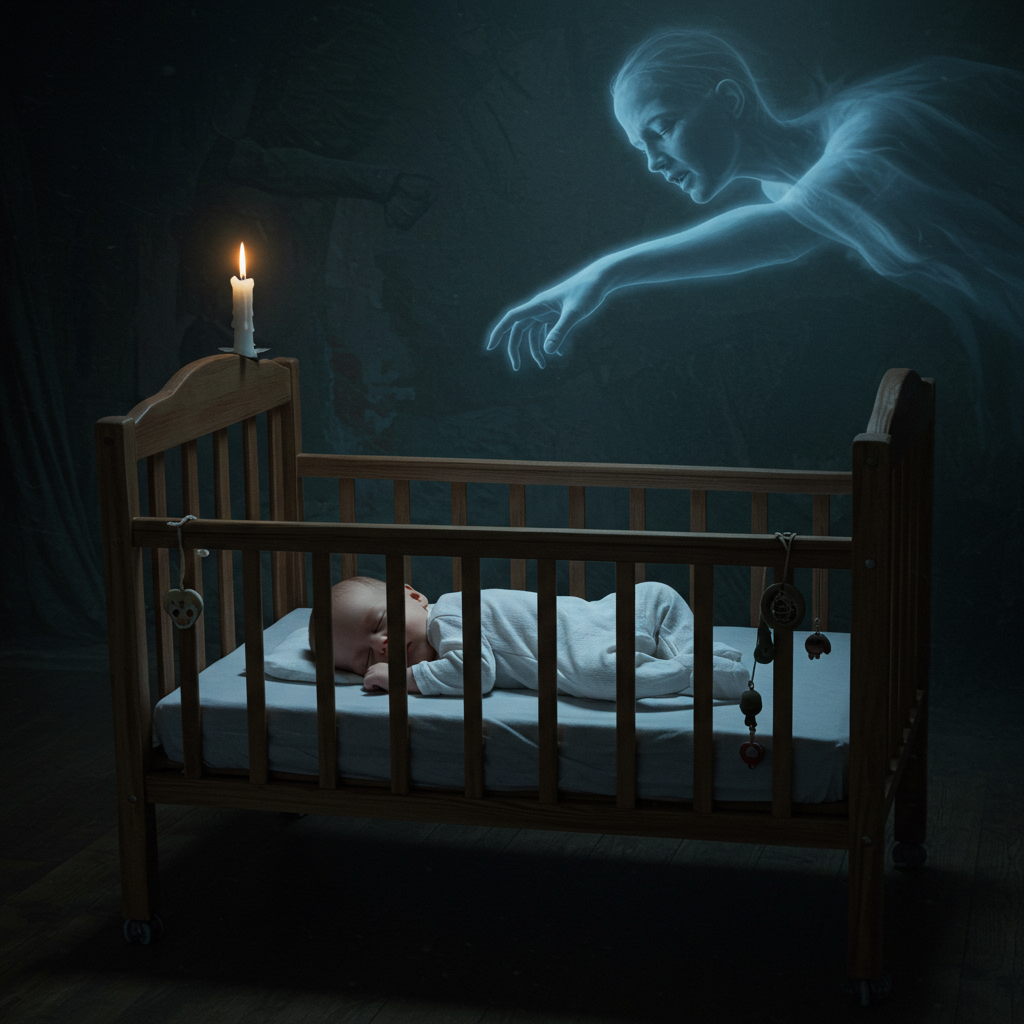According to European witchcraft beliefs from the medieval through early modern periods, infants were thought to be especially susceptible to spiritual attacks by witches, who could steal or consume their souls. This process of soul theft was believed to cause a range of physical and behavioral symptoms in the child, such as inconsolable crying, developmental regression, sudden illness, or unexplained death. In many cases, these beliefs likely functioned as early explanations for what modern medicine now identifies as sudden infant death syndrome (SIDS), congenital illnesses, or nutritional deficiencies.
The methods by which a witch was believed to carry out soul theft varied: direct eye contact with the infant, proximity during nighttime visits, the placement of enchanted or cursed objects near the child, or the dispatching of animal familiars to extract the life essence while the infant slept. Witches were believed to be most effective during the night, especially during the liminal hours around midnight when the boundary between the living and the spirit world was thought to be weakest.
This belief was part of a broader worldview in which a baby’s soul was not considered fully secure or anchored in the body until a certain age or ritual, such as baptism. Therefore, infants were seen as spiritually vulnerable and in need of constant protection.



